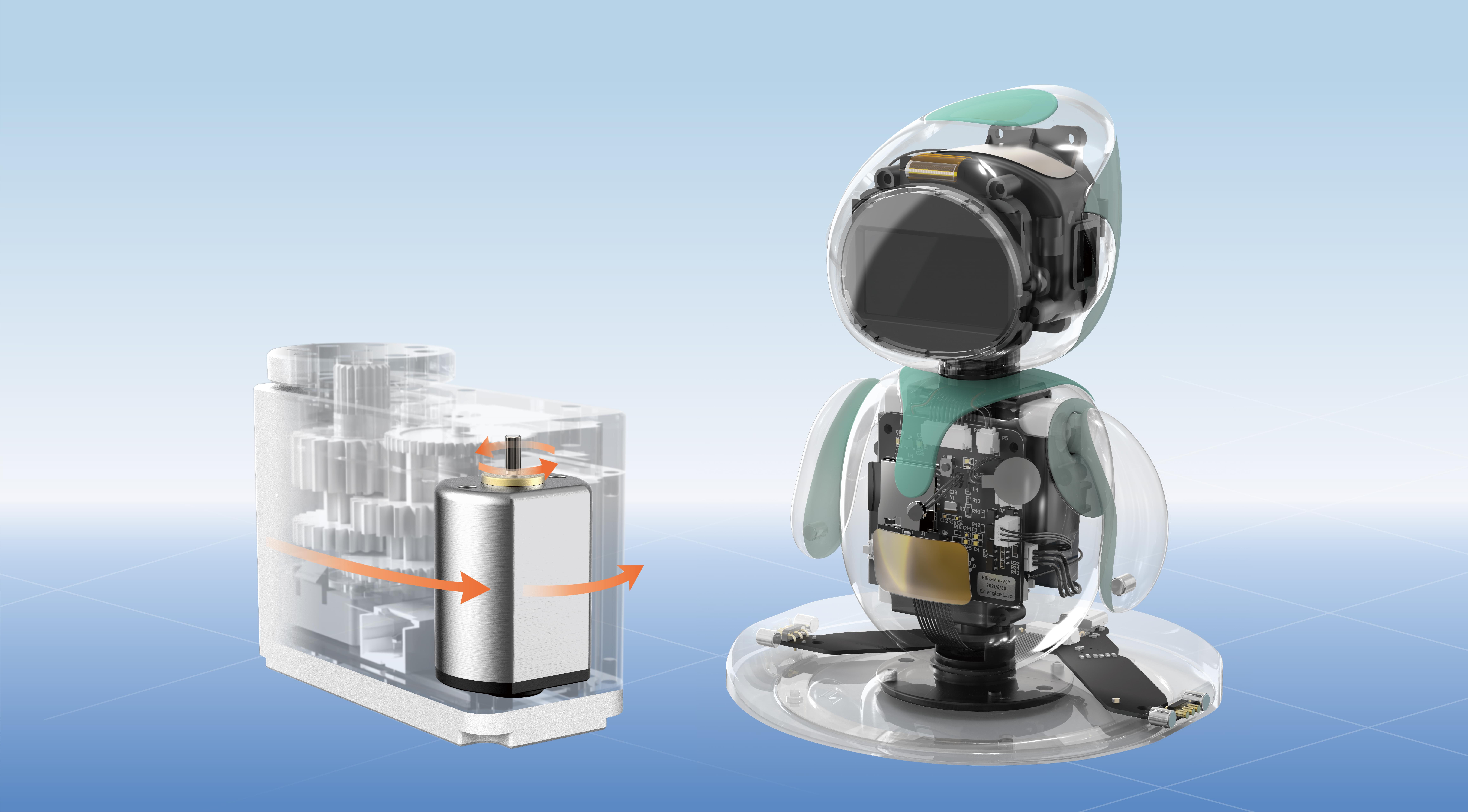In the fast-paced world of microservices, where each part of your application runs independently, it’s easy for things to go wrong. Services can fail, crash, or behave unpredictably at any moment, causing chaos for your users and customers. This is where a circuit breaker comes in.

Imagine you're in the middle of a storm, and you need to ensure that certain parts of your house (or in this case, your application) don’t get overloaded or broken by too much electricity. That’s essentially what a circuit breaker does in microservices—it helps prevent one failing service from bringing down the entire system. Let’s dive into why this matters, and how it works.
So, What Exactly is a Circuit Breaker?
A circuit breaker is a design pattern that helps your microservices architecture remain resilient. Think of it as a safety net for your system. When a service encounters an issue, the circuit breaker "trips," which stops any further calls to that service. This prevents the issue from snowballing and affecting other parts of the system. Instead of continuing to make requests that are destined to fail, it can either return a fallback response, wait and try again, or redirect traffic to a healthier part of the system.
Why Does This Matter?
In microservices, everything communicates with each other—APIs, databases, and other services. If one service fails, it can affect the entire chain, causing more failures down the road. Without a circuit breaker, your whole system could collapse with a single broken link. But with it, you can isolate the failure, giving you time to fix it without further damage. This is crucial for maintaining a smooth user experience and avoiding downtime.
A Real-World Example
Let’s say you run an e-commerce platform. Your platform depends on several services: payment gateways, inventory management, order tracking, and more. If the payment gateway service fails, and you don’t have a circuit breaker in place, customers might keep trying to pay, leading to frustration. They could face errors, or worse—lose trust in your platform.
But if you have a circuit breaker implemented, once it detects the payment service is down, it’ll stop further attempts to connect to it. Instead, it might show a friendly message like “We’re experiencing temporary issues. Please try again shortly.” This keeps the user informed, while ensuring that the rest of the platform keeps running smoothly.
How Does It Work?
Circuit breakers typically have three states: closed, open, and half-open.
- Closed: Everything is working fine. Requests flow freely.
- Open: The service is failing, and no requests will be sent to it.
- Half-Open: The system checks if the service is back to normal, trying a few requests to see if it’s stable again.
Each state has a purpose. The closed state is when everything works as expected. When failures hit a threshold, the circuit breaker trips to open, preventing more errors. After a while, it enters the half-open state, where it cautiously tests whether the service can handle requests again.
Is It All About Prevention?
Not entirely. While circuit breakers are great at preventing cascading failures, they’re also a signal for proactive improvement. They give you a hint that something’s not quite right, often before the situation becomes critical. So, you get time to figure out the issue and resolve it without letting it spiral.
Why Choose a Circuit Breaker?
It’s like having a car with airbags. You hope you never need them, but when you do, they make all the difference. Implementing a circuit breaker is about anticipating problems and minimizing their impact. It helps ensure your system stays resilient, even when things go wrong. It’s an essential tool in any modern software engineer’s toolbox.
Established in 2005, Kpower has been dedicated to a professional compact motion unit manufacturer, headquartered in Dongguan, Guangdong Province, China. Leveraging innovations in modular drive technology, Kpower integrates high-performance motors, precision reducers, and multi-protocol control systems to provide efficient and customized smart drive system solutions. Kpower has delivered professional drive system solutions to over 500 enterprise clients globally with products covering various fields such as Smart Home Systems, Automatic Electronics, Robotics, Precision Agriculture, Drones, and Industrial Automation.




































